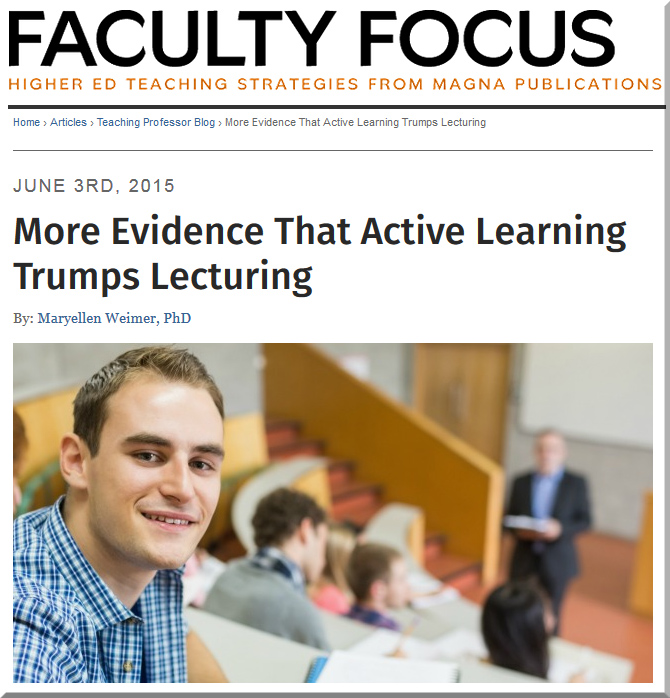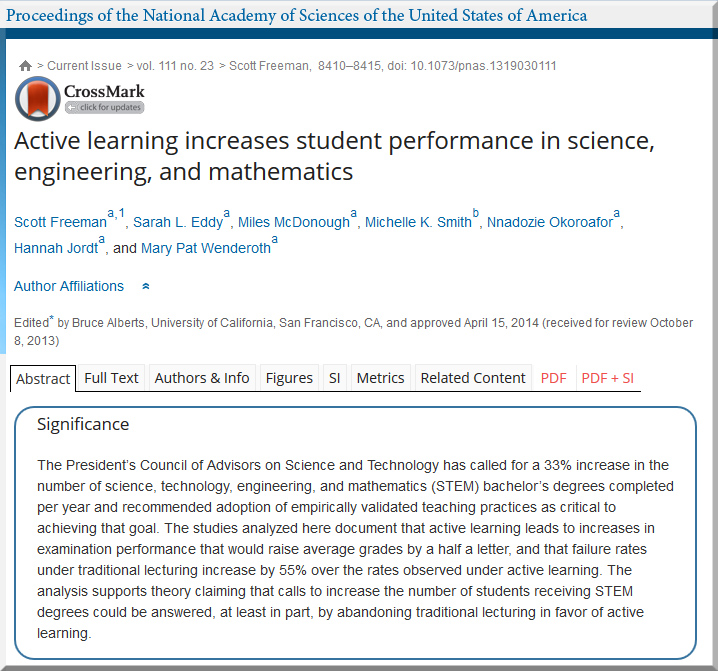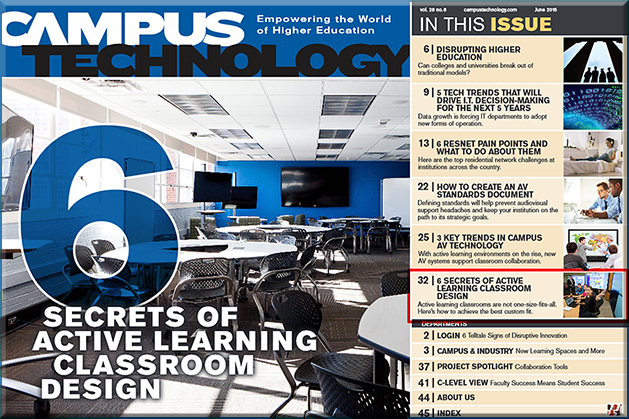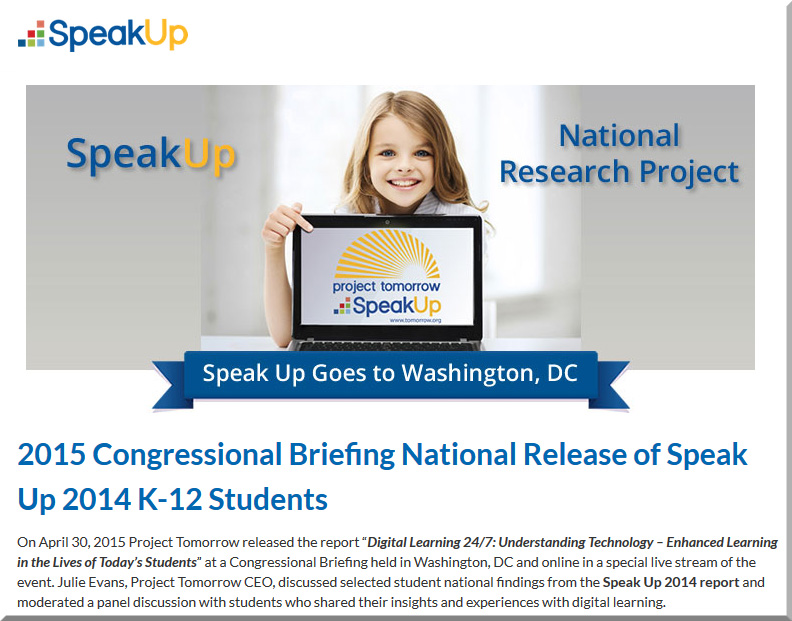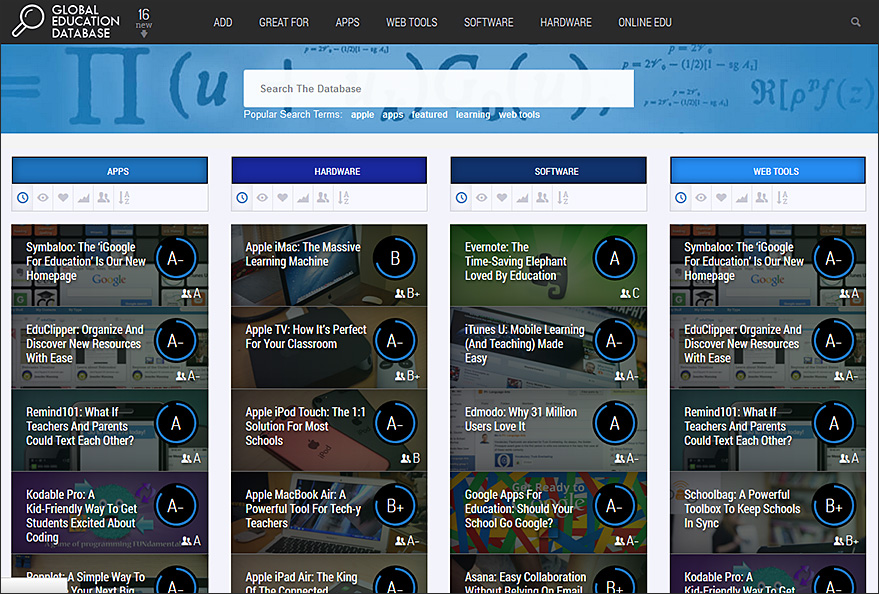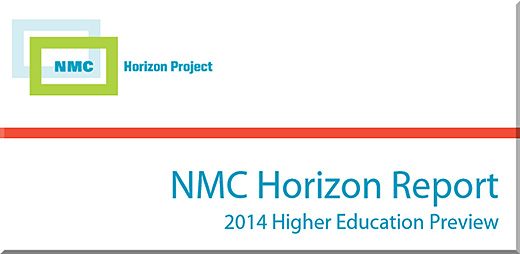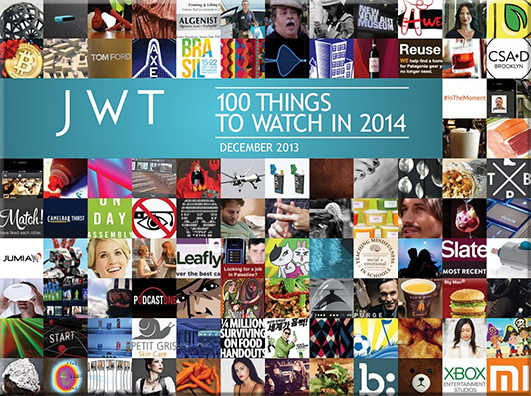Excerpt from More evidence that active learning trumps lecturing — from facultyfocus.com by Maryellen Weimer
The June-July issue of The Teaching Professor newsletter highlights a study you don’t want to miss. It’s a meta-analysis of 225 studies that compare STEM classes taught using various active learning approaches with classes taught via lecture. “The results indicate that average examination scores improved by about 6% in active learning sessions, and that students in classes with traditional lecturing were 1.5 times more likely to fail than were students in classes with active learning.” (p. 8410) Carl Wieman, a Nobel-winning physicist who now does research on teaching and learning, describes the work as a “massive effort” that provides “a much more extensive quantitative analysis of the research on active learning in college and university STEM courses than previously existed.” (p. 8319) And what does he make of these results? “The implications of these meta-analysis results for instruction are profound, assuming they are indicative of what could be obtained if active learning methods replaced the lecture instruction that dominates U.S. postsecondary STEM instruction.” (pp. 8319-8320) That’s a long way from the guarded language usually found in commentaries on scientific results.
Also see:
Also see:
Also see:
- 3 key trends in campus AV technology — from campustechnology.com by Dennis Pierce
With active learning environments on the rise, new AV systems support classroom collaboration.
.
- Why blogging is key to the future of higher ed — from campustechnology.com by Michael Hart
A massive experiment at Virginia Commonwealth University involving 7,000 blogs could lead to a new view on how college students learn.
Excerpt:
Using these blogs and other forms of social media, students could communicate with one another and with their teachers, and do much of their coursework online. At the same time, faculty members began to participate in intensive face-to-face Online Learning Experience training sessions, followed by an additional online component that could introduce them to a broad range of connected learning ideas and tools.









